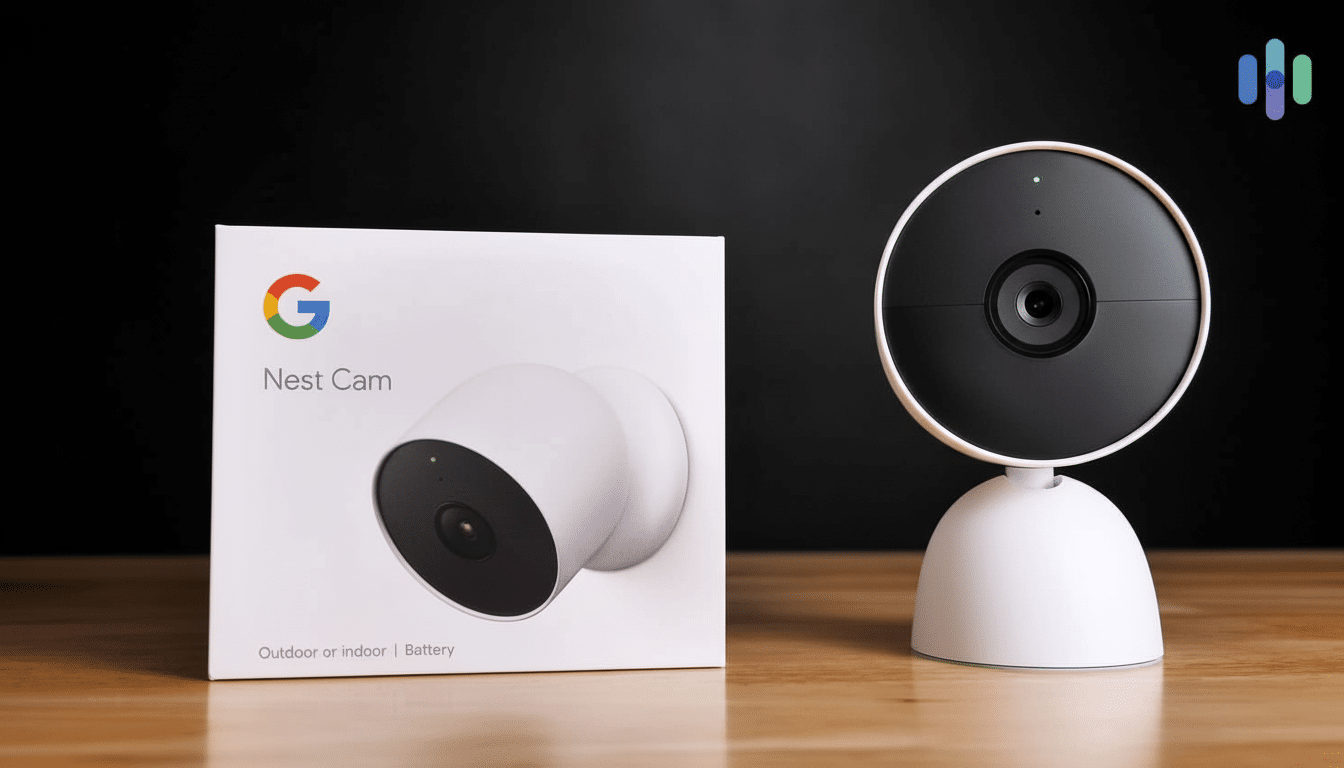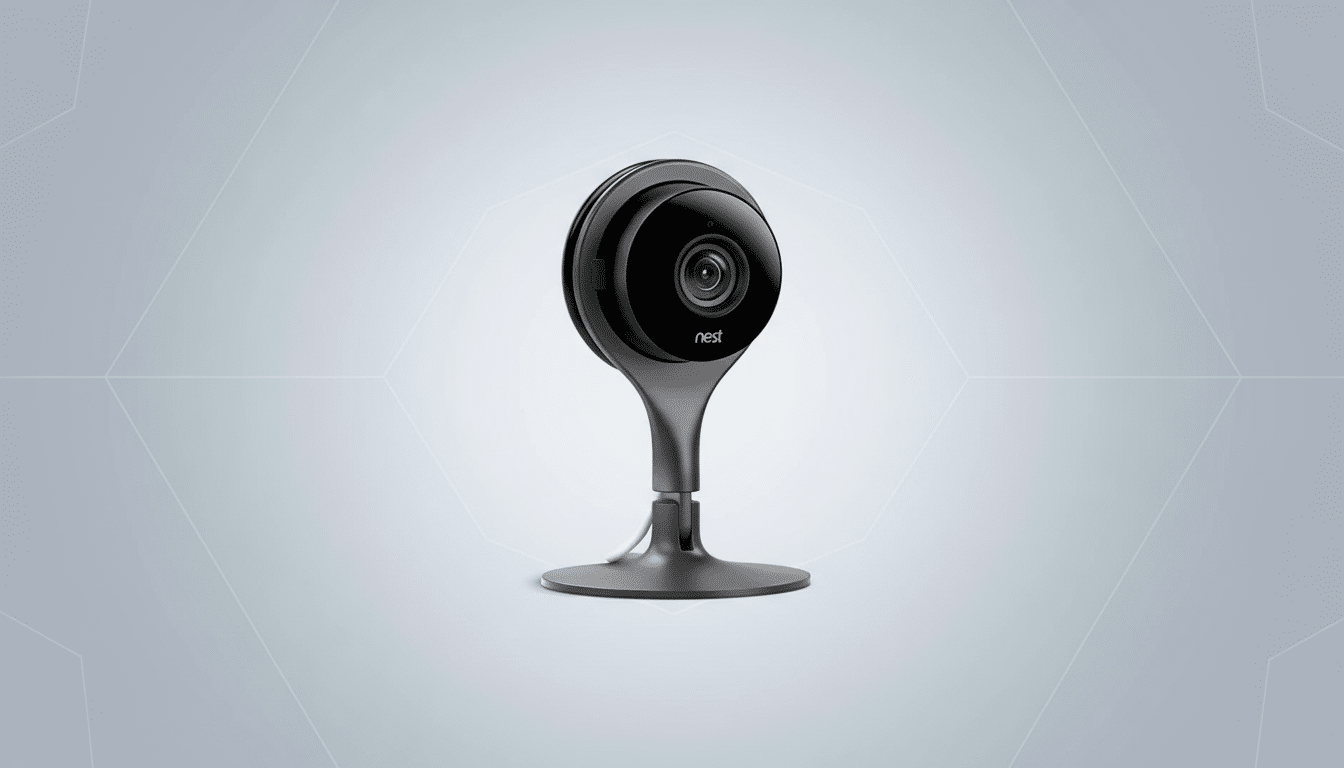Google’s next-generation Nest Cam and Nest Doorbell have been spotted on retail shelves before their upcoming launch, revealing an impending update to the company’s smart security lineup and whetting curiosity about improved video quality and AI capabilities.
Early retail sightings suggest a quiet rollout
Photos shared by a Reddit user and picked up by 9to5Google display boxed-nest indoor and outdoor cameras and a new video doorbell sitting in displays at the home improvement store, Home Depot. Staff apparently didn’t sell the units, which is usually as a sign that the inventory came in too early but is under a street-date hold.

Retail leaks of Google hardware are not uncommon—planograms and backroom stock often make it out days or weeks early before announcements—but the presence of finished retail boxes in the wild indicates the launch window is very tight, and distribution is already in progress.
What the packaging reveals
The branding on the boxes specifically highlights 2K video, a step up from the 1080p found in current Nest models. The industrial design is typical but a leap to 2K normally means sharper face and license plate detail, particularly when zooming in on activity zones.
Anticipate changes under the hood: A higher quality image sensor and encoder, better HDR processing and smarter motion filtering. Higher quality also means you need more bandwidth and storage. Put it into context though: A 2K stream can potentially consume double the bitrate of a 1080p feed, which could impact how smooth your Wi-Fi experience is and just how much cloud storage you’re using if you’re signed up under Nest’s cost-connecting Aware plans.
And the outward resemblance suggests Google is iterating where it counts most — capture quality and on-device intelligence — as opposed to designing new mounts and enclosures from scratch and teaching customers the dimensions of every bit of hardware in their smart homes.
Price tags appear, but final MSRP uncertain
Some of the sightings were accompanied by shelf tags, and whether those numbers are placeholders or final is uncertain. Big-box retailers sometimes put in some temporary pricing on their end, and update it again later.
For context, the old Nest Cam (battery) and Nest Doorbell (battery) launched at about $179, while the Nest Cam with floodlight ended up higher. Any premium to 2K video and enhanced processing will likely be slight in order to keep Nest in line with rivals from Arlo, Eufy and Ring.
Thermostat refresh probably along for the ride
Images from the same display depicted Nest Learning Thermostat boxes. A refreshed model has been reported to be in the works, and it would fit in with Google’s recent overhaul of its home portfolio. The company has already detailed end-of-support plans for some of its older thermostats, so a new version would be a natural upgrade for long-time Nest households anyway.

Closer integration with Google Home, Gemini
Alongside new AI-powered Google Home features, these devices are expected to be released. The aim: more natural voice requests, improved multi-step routines and context-aware controls that will keep cameras and doorbells responsive without much app digging.
That aligns with industry momentum. Amazon has teased comparable generative upgrades for Alexa, and more and more, customers are conditioned to expect their voice assistants to untangle nuanced, conversational commands — such as “Show me when the dog walker arrived, and then text that clip to my neighbor.” Cameras that marry higher-resolution capture with sharper summarization might decrease false alarms and bring the right clips to the top more quickly.
Why early stocking happens
Big retailers get inventory in early to reset shelf sets, train employees and validate SKUs. Boxes sometimes placem themselves on the shelves prematurely; the products show up in systems as scannable but are often trapped, unable to sell until the launch date. And as we’ve seen for past Nest hardware and even some Pixel phones, product listings have been visible, but not able to be purchased.
Market context: demand robust
Research companies like Parks Associates continue to note that networked cameras and video doorbells are some of the fastest-growing categories in the U.S. smart home ecosystem, with camera adoption creeping toward two in five broadband households and doorbells into around a quarter. IDC also rates security gear alongside smart speakers as a high-volume category worldwide.
But under the circumstances, a 2K-focused Nest refresh feels timely: It keeps Google competitive on image quality and leans on software and AI to minimize nuisance alerts and highlight meaningful events.
What to look out for at launch
Some key features to look for include frame rates at 2K, HDR performance in mixed lighting, on-device person/package detection, any local video storage options, and if Wi-Fi 6 or Thread (a low power mesh networking standard) are supported. Pricing for multi-camera packs and Nest Aware levels will also determine the overarching value.
For now though, the retail sightings are a strong indication that Google’s next Nest Cam and Doorbell are very nearly ready. If the box is to be believed, the main upgrades will be sharper video and deeper integration with Google Home’s AI.

